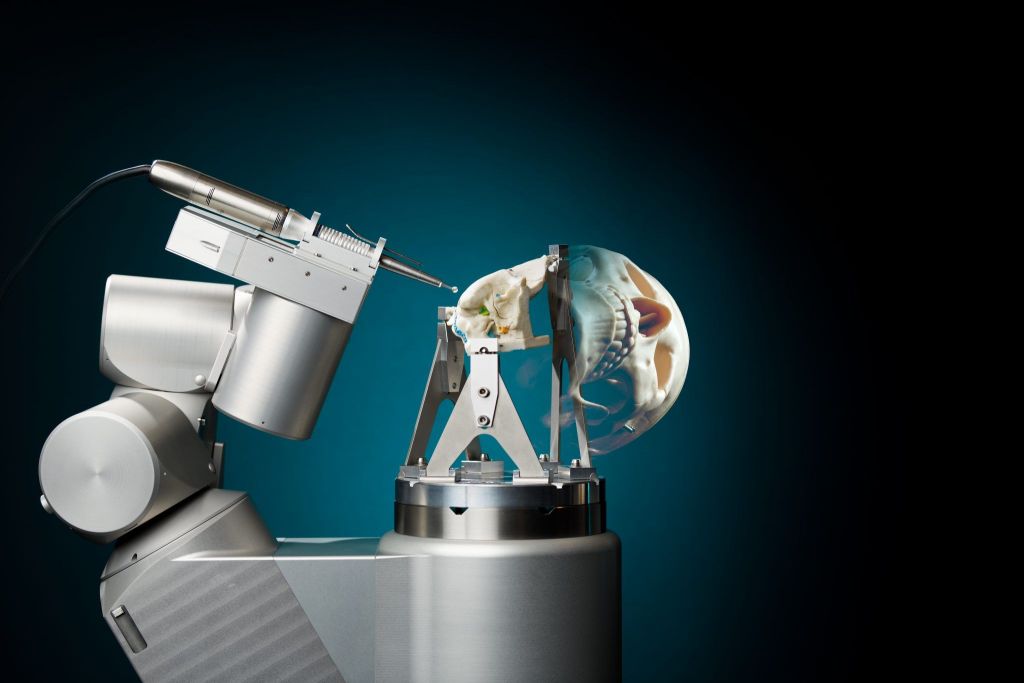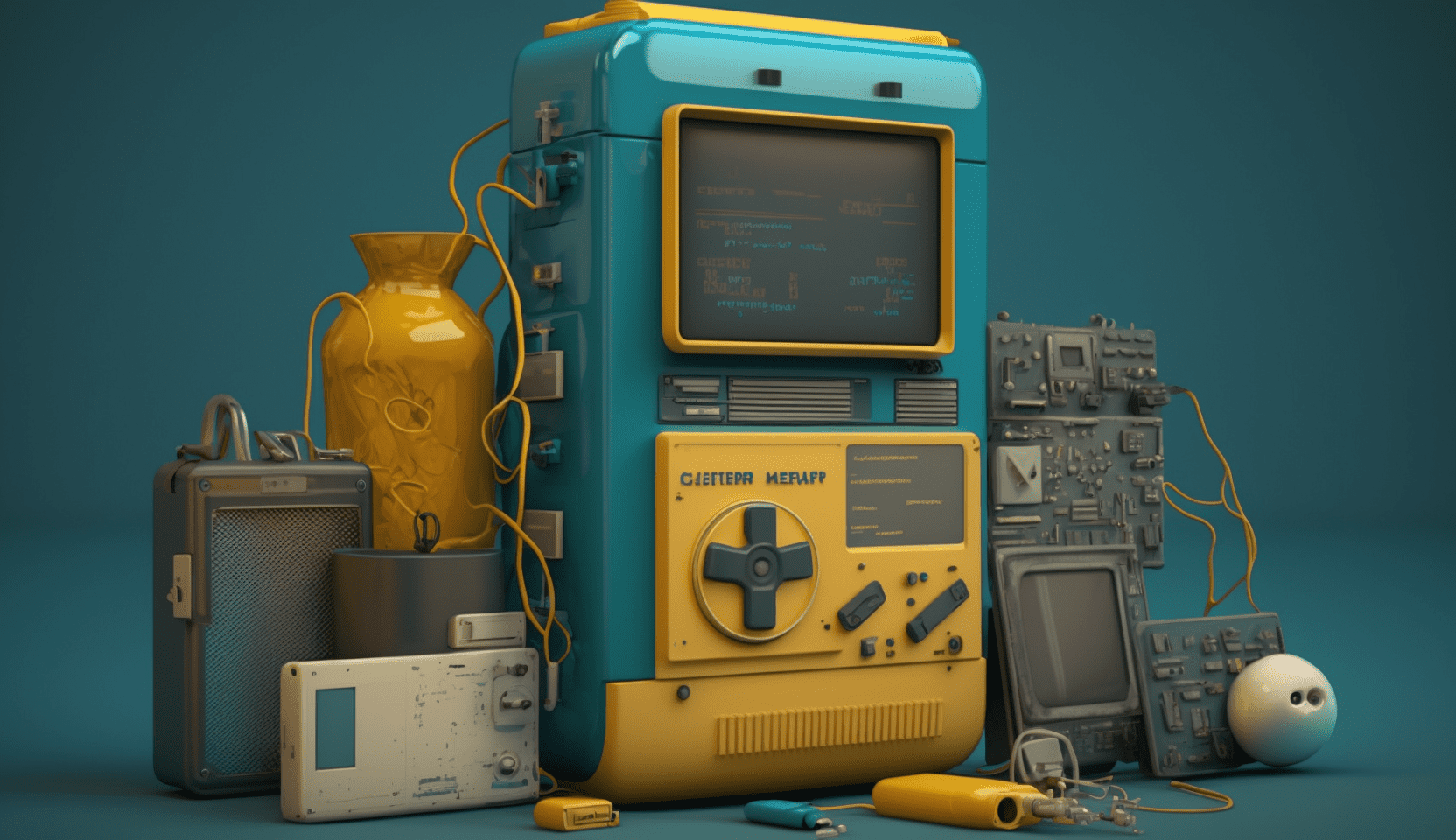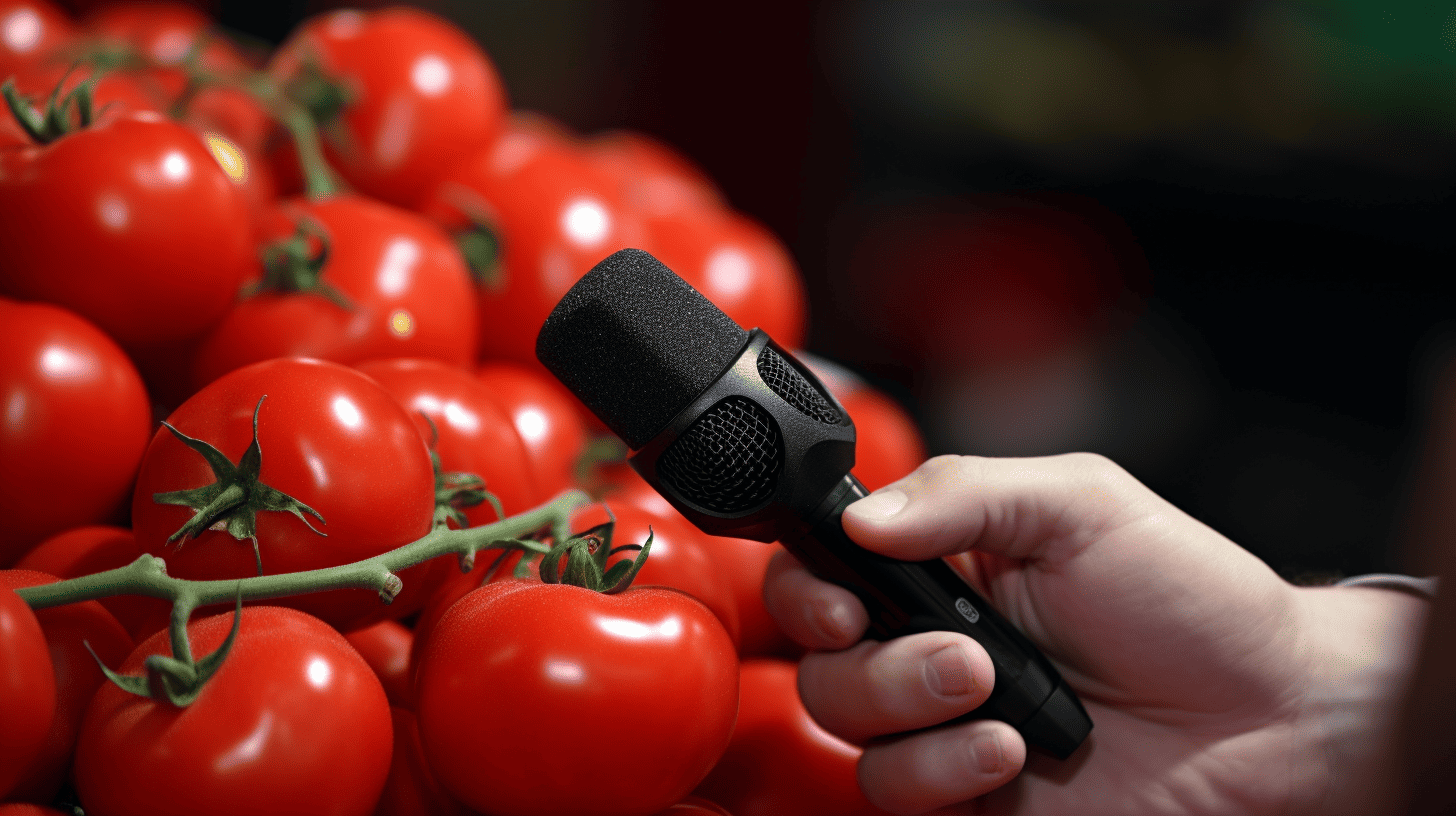
In a weekly column, alternately written by Lucien Engelen, Mary Fiers, Maarten Steinbuch, Carlo van de Weijer, and Tessie Hartjes, E52 tries to find out what the future will look like. All five contributors – sometimes accompanied by guest bloggers – are working on solving the problems of our time. Everything to make Tomorrow Good. This Sunday, it‘s Maarten Steinbuch’s turn. Here are all the previously published columns.
Last week I attended an international medical congress for ENT-doctors and brain surgeons. They often perform very complex operations for which they practice for many years to get exactly to a malignant condition in a person’s head, or insert an electrode into your ear canal to let you hear again. Without them touching a nerve that could paralyse you or make you lose your taste. They are proud of their profession, and at the congress they tell about their experiences and research to do even better. With their drilling and milling tools and other instruments, they work with their hands, very carefully, layer by layer.
And there we are, with our very latest robot, as engineers. Telling them that our robot is waaay better than they are. With our technical enthusiasm, we are going to make the world a better place! Change! The future begins today!
Fortunately, we are also able to listen. We ask the surgeons what they think of our robot, what possibilities they see. For which applications. Some people mainly see problems, think about safety, ask ‘who is responsible’, prefer to avoid any risk. However, most of them also see the advantages. Faster, more precise, more accurate, less tiring. And a few doctors think really out-of-the-box: they imagine that the robot is completely ready and tested and then come up with new treatments and treatment methods that really make use of the advantages of the robot and not the limitations of man. For example, by drilling along a different, completely new, channel with high accuracy into the head.
The best moment is when ‘our’ doctor tells the story of the robot to his colleagues. He takes them to our stand at the congress. Enthusiastic talks about the robot, the navigation software, the benefits, etc.
It is also cool to see how the surgeons in the audience react when I show the football robots in my speech, with the frenzied audience at the 2013 RoboCup World Cup in Eindhoven. The pictures with the speed of technological development: Moore’s Law, the autonomous and connected cars, the eye surgery and vascular surgeon robots that we have developed, and more recently the bone robot and the brain robot and the controllable catheter. And that they have to read Homo Deus. And that we are proud of ASML.
Innovation is increasingly about multi- and interdisciplinary work. Bringing people together and being able to listen to each other. You need to understand each other’s field of expertise in order to do this. To be able to explain. For me, this is at the heart of the future of education and research. The T-shaped, or pi-shaped engineer, and also the Eindhoven Engine. It’s people’s work, and virtual networks are fun, but co-location is essential to really speed up innovation. Beyond the boundaries of disciplines.
I’m sure I will go to a congress with doctors and specialists again. I think I will understand them better and better.
(Picture Bart van Overbeeke)






